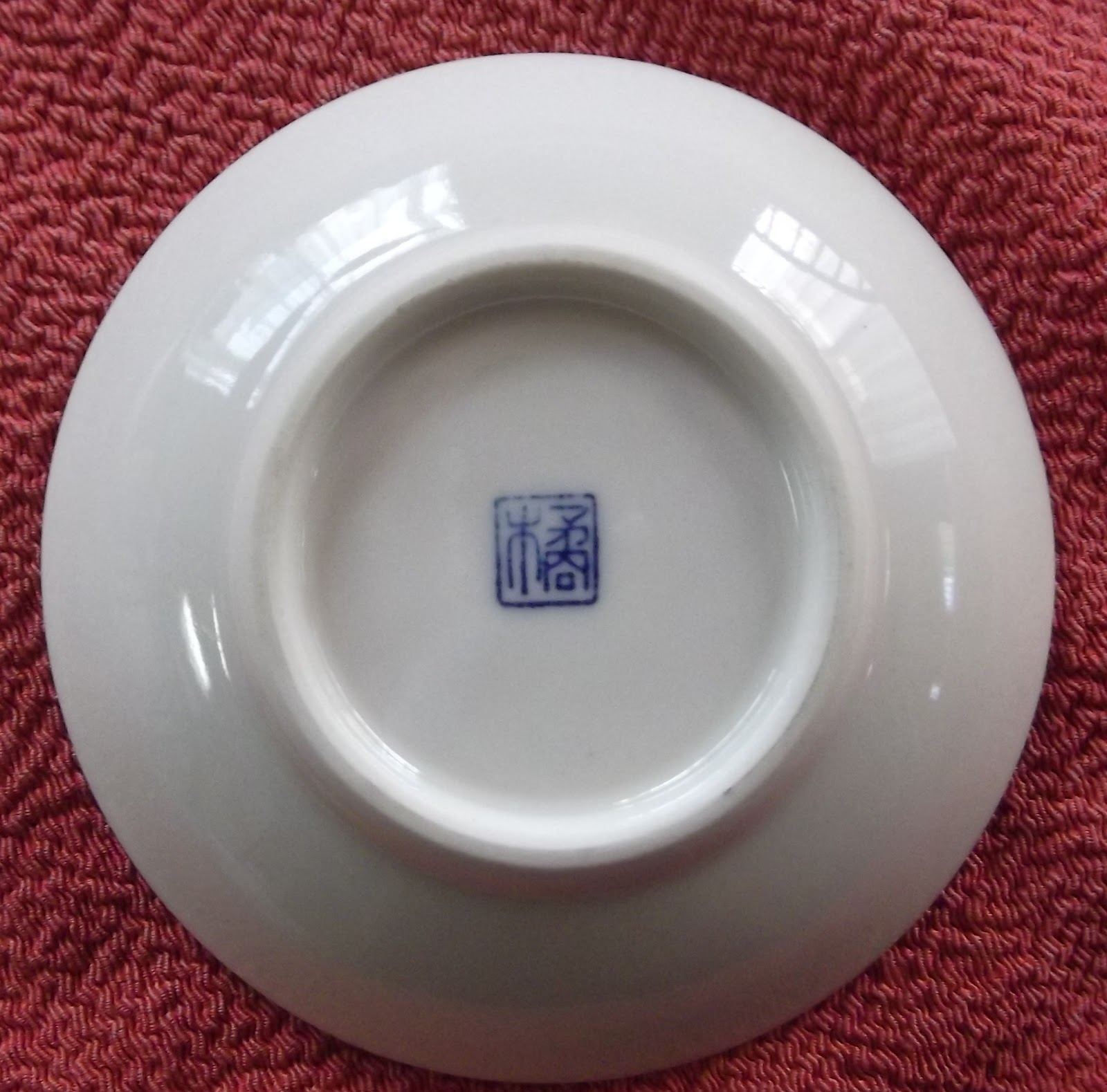
Modern Japanese Pottery and Porcelain Marks (窯印) TACHIKICHI (たち吉) of Kyoto
Japanese Porcelain Marks The old Japanese ceramic industry was in many ways smaller in scale compared to the Chinese. Marks was also applied for different reasons that on the Chinese porcelain. Personal signatures by the artists involved are quite common.

please help for Identification name this Chinese Pottery Marks porcelaine Chinese porcelain
This page lists some of the many maker's marks found on antique Japanese porcelain and ceramic objects including Arita porcelain, Kutani porcelain, Seto porcelain, Satsuma pottery and others. Listed are also some modern Japanese porcelain marks. We regularly update this page. Last updated: December 2023 Need more help?
Japanese Imari Porcelain Marks Antiques Board
Simply put, the reign mark of a piece of antique Chinese pottery refers to the series of script characters arranged in parallel columns that denote the name of the Chinese dynasty in which the vessel was made.
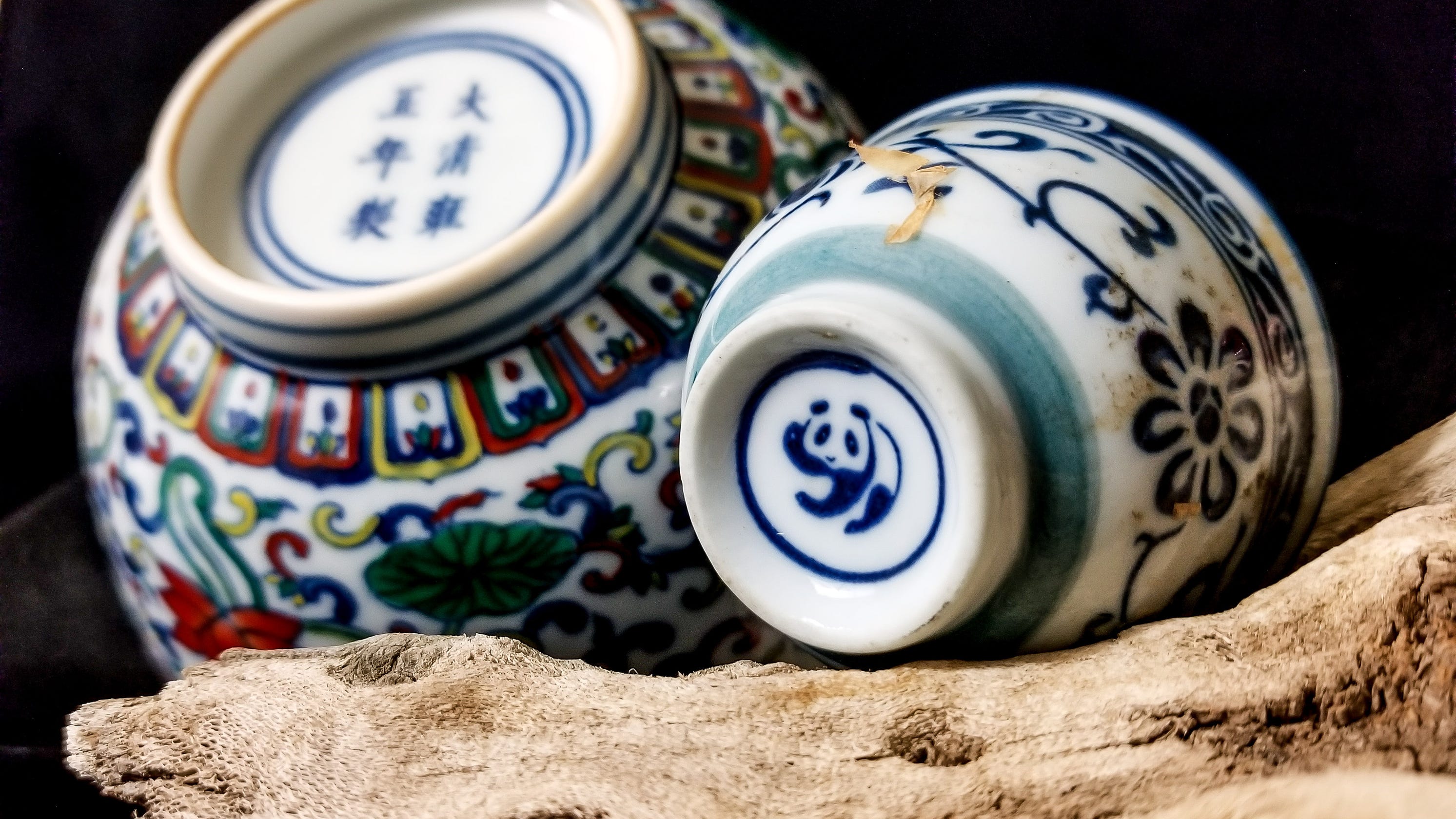
Palm Springs antiques dealer How to identify Chinese porcelain marks
The traditional six-figure configuration of hallmarks is read top to bottom, right to left. In general, the first two characters are reign marks, the second two are emperor marks and the last two.

Meanings and Misconceptions of Chinese Porcelain Marks
Marks on Chinese Porcelain Marks on Later Chinese Porcelain It is said, that the only rule that is really certain when it comes to Chinese reign marks, is that most of them are NOT from the period they say. Still the marks are something of a fingerprint of the potter and its time.

Chinese Porcelain Reign Marks An Introduction Asian Studies
Marks indicating ARITA are often strongly blue and white, pieces are often unmarked, and if relatively large and older, has spur marks. It is mostly underglaze blue. It may have a Chinese motif, like many Japanese pieces have, even today. FUKU (Happiness) marks are common and there are several types.
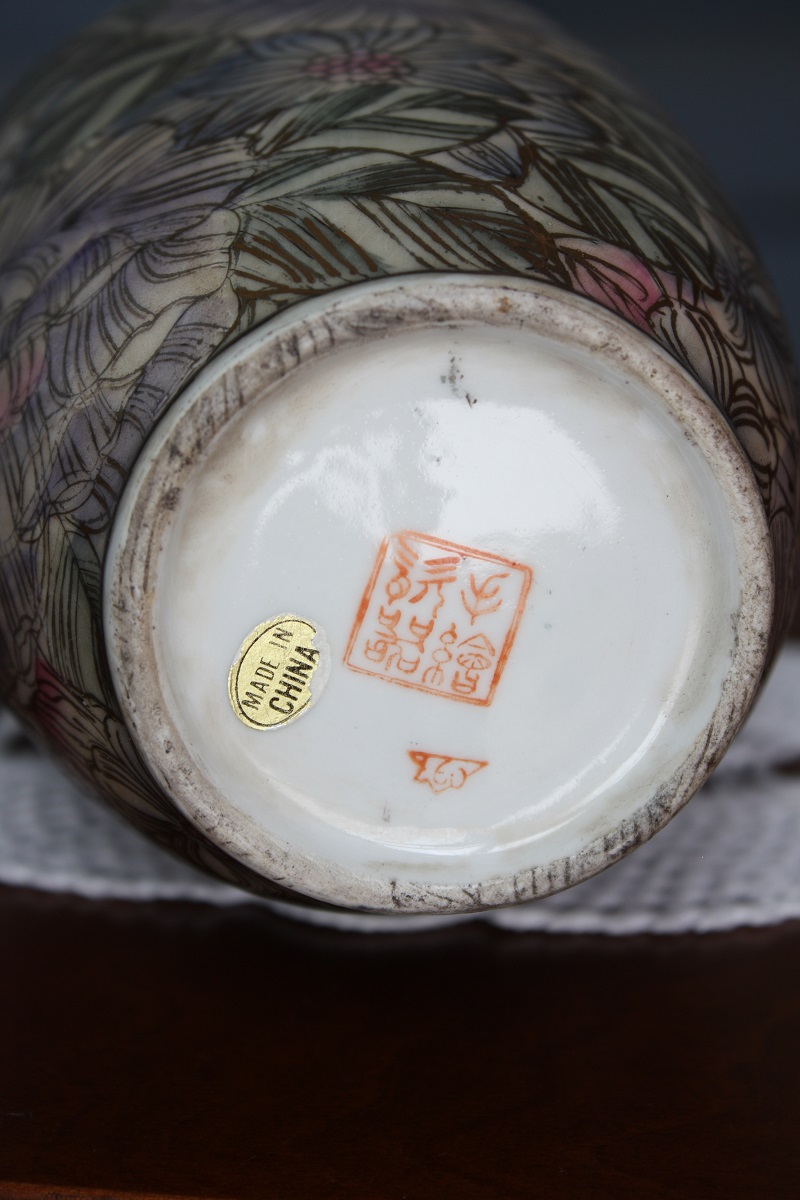
Unknown Chinese porcelain mark
Marking within a square, or kaku mark: This is oftentimes indicative of Kutani porcelain, which alone covers five eras. Kanji resembling a "pi" symbol over a house: This .is a generic mark, but it's also related to Kutani porcelain. Crossed Chinese and Japanese flag with Turkish moon mark: 19th century A. A. Vantine & Co.
Japanese Imari Porcelain Marks Antiques Board
What are the different types of traditional Japanese pottery and porcelain? What are the differences between them? You'll find the answers here as we take you through the 32 most popular styles of Japanese pottery and porcelain from A to Z.
Chinese porcelain marks Antiques Board
Indeed one royal order for this most beautiful Asian porcelain was for 450,000 pieces. As the Ming dynasty made way for the Qing dynasty in the mid-seventeenth century, the manufacture of Chinese ceramics was further enriched with the development of 'five-colour' porcelain known as 'wucai'. This style of Chinese pottery which became.
Japanese Imari Porcelain Marks Antiques Board
Chinese and Japanese Marks Section features around 1,500 Chinese and Japanese porcelain marks. Background data for collectors: Classic articles and fundamental sources and documents on Chinese porcelain history. New and old travelogues to important places in ceramic history. Q&A pages with porcelain questions explained.
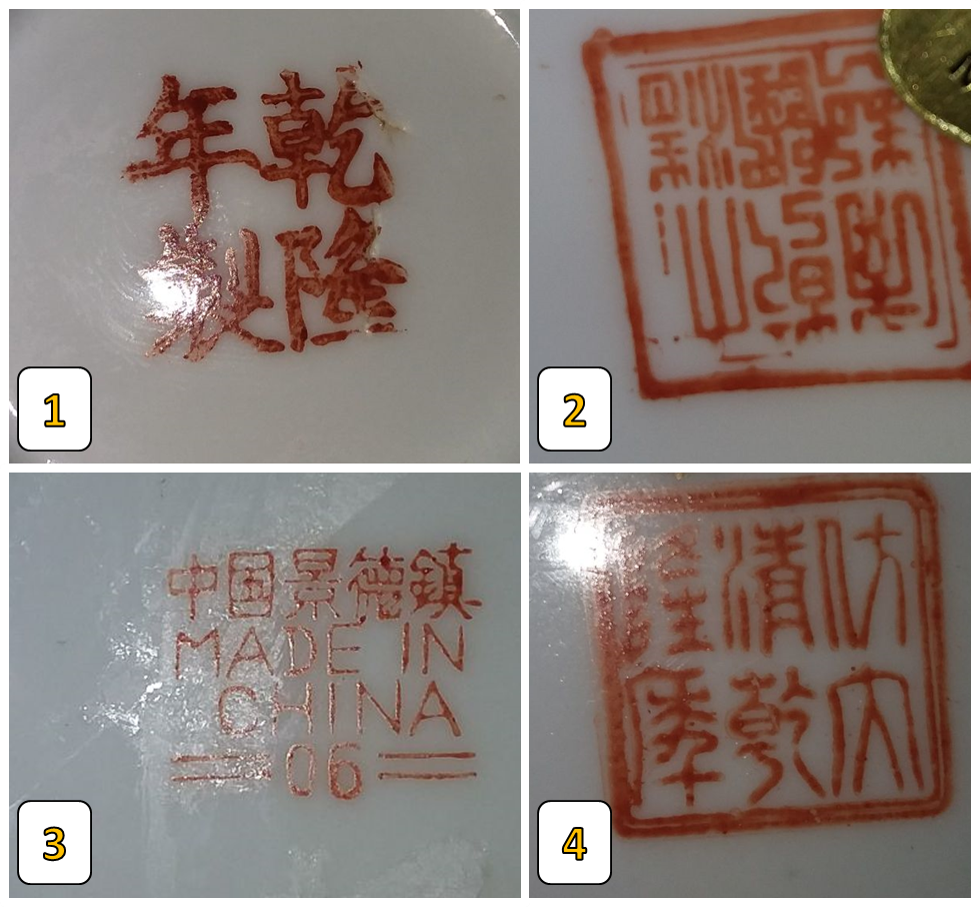
Chinese Porcelain Marks Identification
Chinese stamp. Reign marks were first added to the bottom of porcelain in the Ming Dynasty (1368-1644). Potters printed the reign marks on the bottom as a way to protect and spread their brand. Most emperors since the Ming Dynasty thought that porcelain with their reign marks would represent them and be a way for later generations to remember.
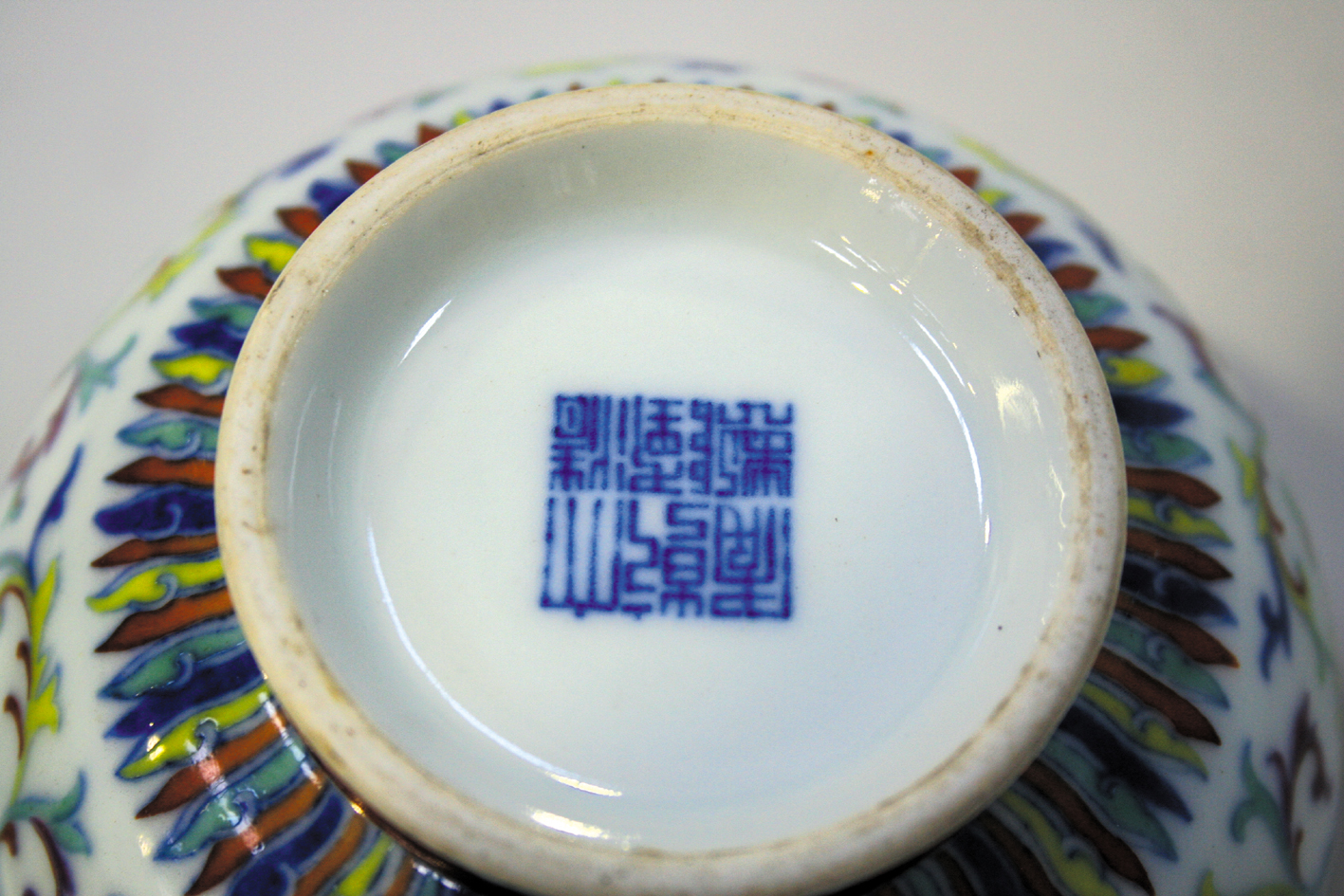
Delicacy and Brilliance, Chinese Doucai Porcelain Toovey’s Blog
Pottery and porcelain (陶磁器, tōjiki, also yakimono (焼きもの), or tōgei (陶芸)), is one of the oldest Japanese crafts and art forms, dating back to the Neolithic period. Kilns have produced earthenware, pottery, stoneware, glazed pottery, glazed stoneware, porcelain, and blue-and-white ware. Japan has an exceptionally long and.

Japanese Porcelain Marks
This selection of marks below contains mainly Chinese porcelain marks of the Ming and Qing dynasties, and a few republic period antique marks. Marks listed below are from antiques that are about 80 years old or older. That means from approximately 1930 or earlier. Marks on vintage and contemporary porcelain items are not included.

Japanese porcelain marks, need help identifying Collectors Weekly
Many oriental ceramic objects have marks, a mark might declare that the piece was made at a certain period. However, identifying the mark can give a misleading impression of the period the object was made in. For example, there are many pieces of blue and white porcelain with the mark of the Ming emperor Chenghua. He reigned from 1465-1487.
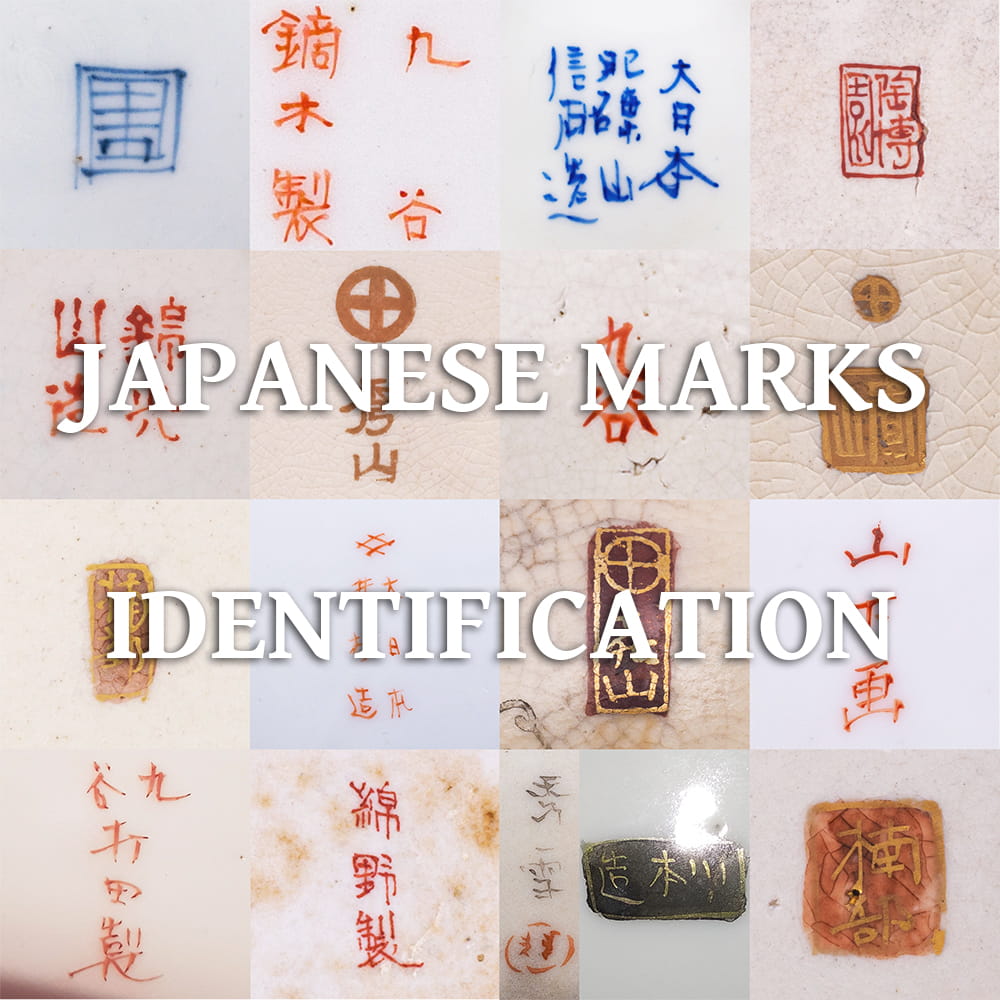
Japanese Porcelain Marks Identification Guide Oriental Antiques UK Asian Art Advisory and
Chinese reign and seal marks on porcelain are usually hand-written in underglaze blue or over the surface of the glaze in iron red pigment. They can sometimes also be incised or stamped/carved in relief and glazed over. Later 19th and 20th century marks are sometimes printed using rubber stamp in either red or blue. Need more help?
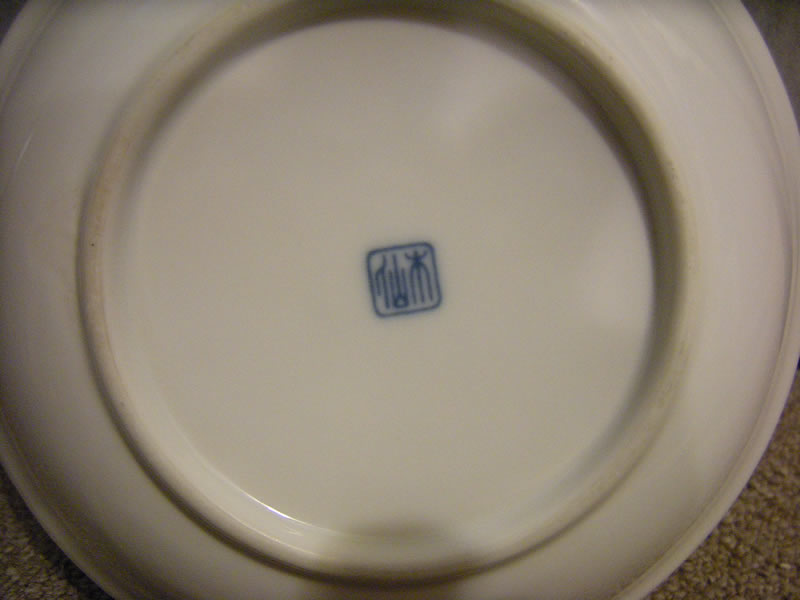
Japanese Porcelain Marks
In Chinese porcelain, a reign mark or seal is usually hand-written beneath or over the glaze's iron red pigment. They can also be incised or stamped with relief or carved with designs. In addition to red and blue, later marks in the 19th and 20th centuries may be printed with rubber stamps. How Do I Know If My Asian Porcelain Is Valuable?